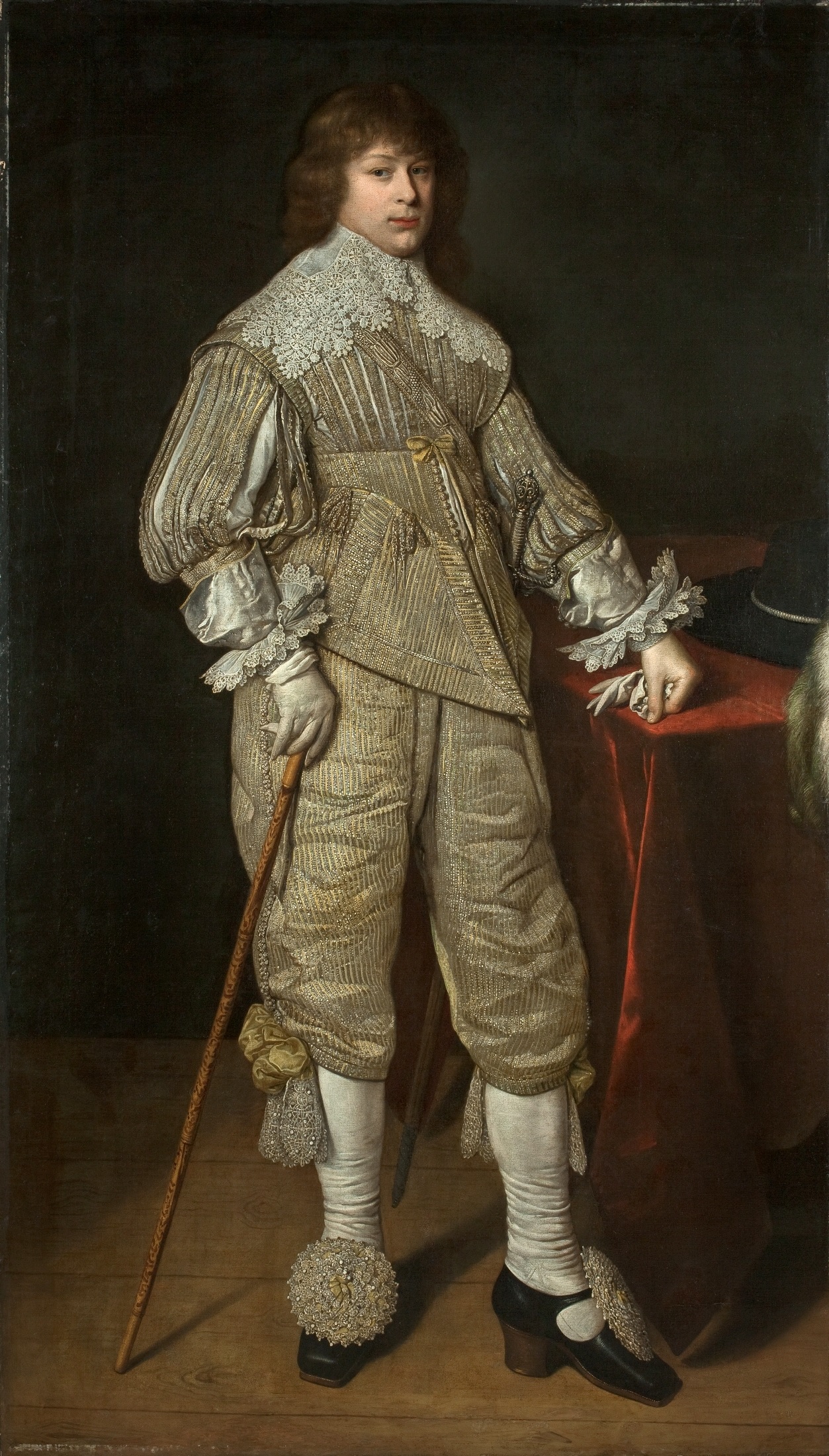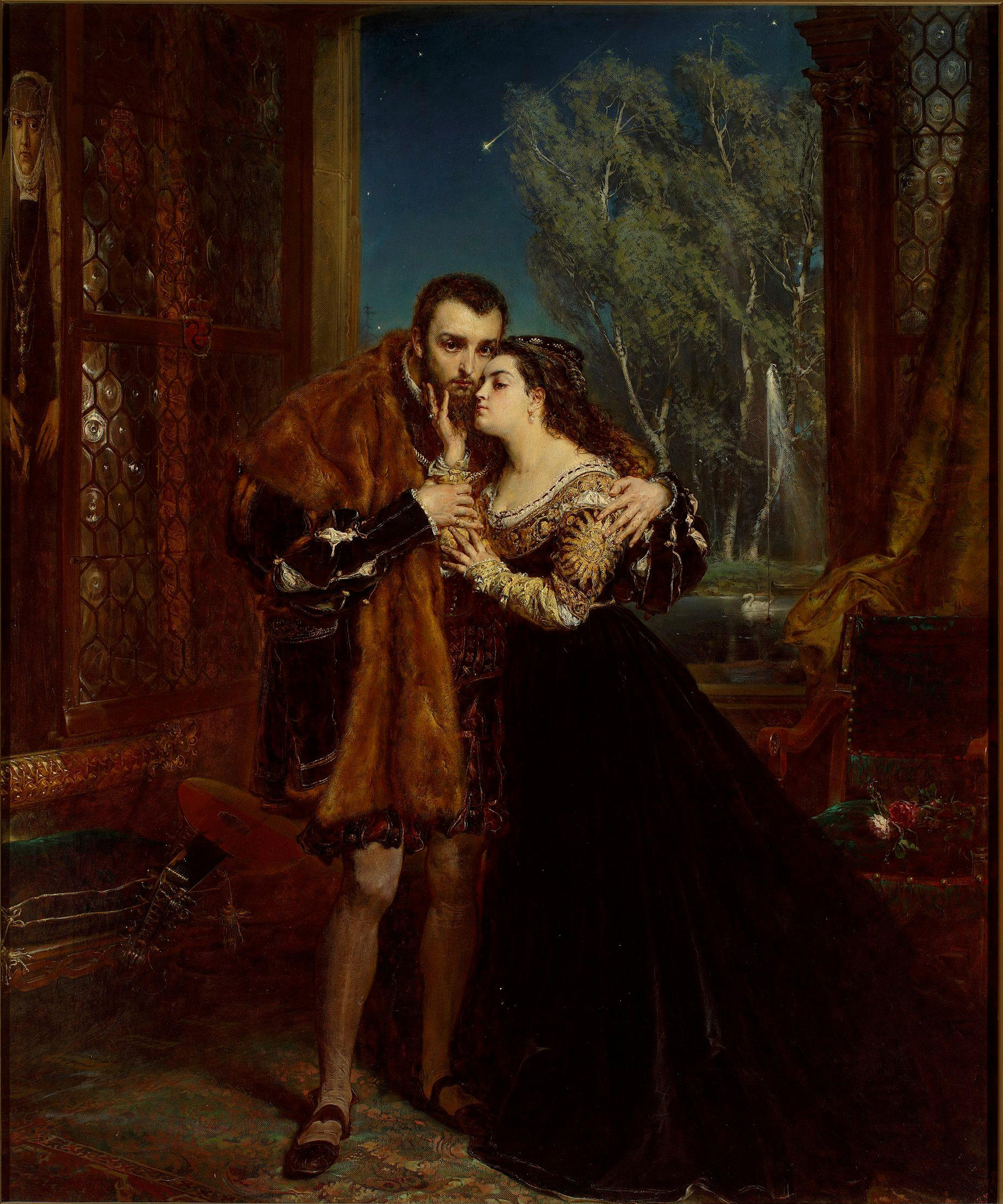|
Janusz Radziwiłł (1612–1655)
Prince Janusz Radziwiłł, also known as Janusz the Second or Janusz the Younger ( lt, Jonušas Radvila, 2 December 1612 – 31 December 1655) was a noble and magnate in the Polish–Lithuanian Commonwealth. Throughout his life he occupied a number of posts in the state administration, including that of Court Chamberlain of Lithuania (from 1633), Field Hetman of Lithuania (from 1646) and Grand Hetman of Lithuania (from 1654). He was also a voivode of Vilna Voivodeship (from 1653), as well as a starost of Samogitia, Kamieniec, Kazimierz and Sejwy. He was a protector of the Protestant religion in Lithuania and sponsor of many Protestant schools and churches. For several decades, the interests between the Radziwłł family and the state (Polish–Lithuanian Commonwealth) had begun to drift apart, as the Radziwiłłs increased their magnate status and wealth. Their attempts to acquire more political power in the Grand Duchy of Lithuania culminated in the doings of Janusz Radziwił ... [...More Info...] [...Related Items...] OR: [Wikipedia] [Google] [Baidu] |
Vilnius Voivodeship
The Vilnius Voivodeship ( la, Palatinatus Vilnensis, lt, Vilniaus vaivadija, pl, województwo wileńskie, be, Віленскае ваяводства) was one of the Grand Duchy of Lithuania's voivodeships, which existed from the voivodeship's creation in 1413 to the Third Partition of the Polish-Lithuanian Commonwealth, destruction of the Lithuanian state in 1795. This voivodeship was Lithuania's largest, most politically and economically important. History File:Recueil d'armoiries polonaises COA of Vilnius Voivodeship.png, The Voivodeship's coat of arms in 1555 File:CoA Vilnius Palatinate (Chatelain, 1712).png, As depicted in 1712 File:Vilnia, Pahonia. Вільня, Пагоня (1720) (2).jpg, As depicted in 1720 File:CoA Vilnius Palatinate (Starzyński, 1875).png, As depicted in 1875 1413-1566 The Vilnius Voivodeship was created instead of the Vilnius Viceroyalty () during the Pact of Horodlo, Pact of Horodło in 1413. The core of the Vilnius Voivodeship was the Vi ... [...More Info...] [...Related Items...] OR: [Wikipedia] [Google] [Baidu] |
Union Of Kėdainiai
The Union of Kėdainiai (or Agreement of Kėdainiai, Lithuanian: ''Kėdainių unija'', Polish: ''Umowa Kiejdańska'') was an agreement between several magnate The magnate term, from the late Latin ''magnas'', a great man, itself from Latin ''magnus'', "great", means a man from the higher nobility, a man who belongs to the high office-holders, or a man in a high social position, by birth, wealth or ot ...s of the Grand Duchy of Lithuania and the king of the Swedish Empire, Charles X Gustav of Sweden, Charles X Gustav, that was signed on 20 October 1655, during the Deluge (history), Swedish Deluge of the Second Northern War.Frost (2000), p. 168 In contrast to the Treaty of Kėdainiai of 17 August, which put Lithuania under Swedish protection, the Swedish-Lithuanian union's purpose was to end the Polish–Lithuanian Commonwealth, Lithuanian union with Poland and to set up two separate principalities in the Grand Duchy of Lithuania. One of them was to be ruled by the Radziwił� ... [...More Info...] [...Related Items...] OR: [Wikipedia] [Google] [Baidu] |
Treaty Of Kėdainiai
The Treaty of Kėdainiai or Kiejdany, signed on 17 August 1655, was a Swedish– Lithuanian agreement during the Second Northern War. After the Polish forces had been decisively defeated in the Battle of Ujście in which the Poznań and Kalisz palatines surrendered to Sweden, Lithuanian hetman Janusz Radziwiłł decided to discontinue the war. In Kėdainiai, he accepted Swedish protection. The treaty specified also that the Polish–Lithuanian Commonwealth was not dissolved and that Lithuanian forces would not fight Polish forces, but the text of the treaty included protests of the lack of Polish support. On 20 October, the treaty was superseded by the Union of Kėdainiai, which united the Grand Duchy of Lithuania with the Swedish Empire The Swedish Empire was a European great power that exercised territorial control over much of the Baltic region during the 17th and early 18th centuries ( sv, Stormaktstiden, "the Era of Great Power"). The beginning of the empire is usua ... [...More Info...] [...Related Items...] OR: [Wikipedia] [Google] [Baidu] |
Second Northern War
The Second Northern War (1655–60), (also First or Little Northern War) was fought between Sweden and its adversaries the Polish–Lithuanian Commonwealth (1655–60), the Tsardom of Russia (Russo-Swedish War (1656–1658), 1656–58), Brandenburg-Prussia (1657–60), the Habsburg monarchy (1657–60) and Denmark–Norway (Dano-Swedish War (1657–58), 1657–58 and Dano-Swedish War (1658–60), 1658–60). The Dutch Republic waged an informal trade war against Sweden and seized the colony of New Sweden in 1655, but was not a recognized part of the Polish–Danish alliance. In 1655, Charles X Gustav of Sweden invaded and occupied western Poland–Lithuania, the eastern half of which was Russo-Polish War (1654–67), already occupied by Russia. The rapid Swedish advance became known in Poland as the Deluge (history), Swedish Deluge. The Grand Duchy of Lithuania Union of Kėdainiai, became a Swedish fief, the Polish–Lithuanian regular armies surrendered and the Polish king Joh ... [...More Info...] [...Related Items...] OR: [Wikipedia] [Google] [Baidu] |
Deluge (history)
The Deluge ( pl, potop szwedzki, lt, švedų tvanas) was a series of mid-17th-century military campaigns in the Polish–Lithuanian Commonwealth. In a wider sense it applies to the period between the Khmelnytsky Uprising of 1648 and the Truce of Andrusovo in 1667, thus comprising the Polish theatres of the Russo-Polish War (1654–1667), Russo-Polish and Second Northern Wars. In a stricter sense, the term refers to the Swedish Empire, Swedish invasion and occupation of the Commonwealth as a theatre of the Second Northern War (1655–1660) only; in Poland and Lithuania this period is called the Swedish Deluge ( pl, potop szwedzki, sv, Svenska syndafloden), or less commonly the Russo–Swedish Deluge ( pl, Potop szwedzko-rosyjski) due to the simultaneous Russo-Polish War (1654–1667), Russo-Polish War. The term "deluge" (''potop'' in Polish) was popularized by Henryk Sienkiewicz in his novel ''The Deluge (novel), The Deluge'' (1886). During the wars the Commonwealth lost approx ... [...More Info...] [...Related Items...] OR: [Wikipedia] [Google] [Baidu] |
Polish Golden Age
The Polish Golden Age was the Renaissance period in Poland and the Grand Duchy of Lithuania, roughly corresponding to the period of rule of the King Sigismund I the Old and his son, Sigismund II Augustus, the last of the Jagiellonian Dynasty monarchs, until his death in 1572. Some historians reckon the Polish Golden Age to have continued to the mid-17th century, when the Polish–Lithuanian Commonwealth was ravaged by the Khmelnytsky Uprising (1648–57) and by the Swedish and Russian invasion. During its Golden Age, the Commonwealth became one of the largest kingdoms of Europe, stretching from modern Estonia in the north to Moldavia in the east and Bohemia in the west. In the 16th century the Commonwealth grew to almost 1 million km2, with a population of 11 million. It prospered from its enormous grain, wood, salt, and cloth exports to Western Europe via the Baltic Sea ports of Gdańsk, Elbląg, Riga, Memel, and Königsberg. The Commonwealth's major cities included Poznań, K ... [...More Info...] [...Related Items...] OR: [Wikipedia] [Google] [Baidu] |
Poles
Poles,, ; singular masculine: ''Polak'', singular feminine: ''Polka'' or Polish people, are a West Slavic nation and ethnic group, who share a common history, culture, the Polish language and are identified with the country of Poland in Central Europe. The preamble to the Constitution of the Republic of Poland defines the Polish nation as comprising all the citizens of Poland, regardless of heritage or ethnicity. The majority of Poles adhere to Roman Catholicism. The population of self-declared Poles in Poland is estimated at 37,394,000 out of an overall population of 38,512,000 (based on the 2011 census), of whom 36,522,000 declared Polish alone. A wide-ranging Polish diaspora (the '' Polonia'') exists throughout Europe, the Americas, and in Australasia. Today, the largest urban concentrations of Poles are within the Warsaw and Silesian metropolitan areas. Ethnic Poles are considered to be the descendants of the ancient West Slavic Lechites and other tribes that inhabi ... [...More Info...] [...Related Items...] OR: [Wikipedia] [Google] [Baidu] |
Grand Duchy Of Lithuania
The Grand Duchy of Lithuania was a European state that existed from the 13th century to 1795, when the territory was partitioned among the Russian Empire, the Kingdom of Prussia, and the Habsburg Empire of Austria. The state was founded by Lithuanians, who were at the time a polytheistic nation born from several united Baltic tribes from Aukštaitija. The Grand Duchy expanded to include large portions of the former Kievan Rus' and other neighbouring states, including what is now Lithuania, Belarus and parts of Ukraine, Latvia, Poland, Russia and Moldova. At its greatest extent, in the 15th century, it was the largest state in Europe. It was a multi-ethnic and multiconfessional state, with great diversity in languages, religion, and cultural heritage. The consolidation of the Lithuanian lands began in the late 13th century. Mindaugas, the first ruler of the Grand Duchy, was crowned as Catholic King of Lithuania in 1253. The pagan state was targeted in a religious crusade by ... [...More Info...] [...Related Items...] OR: [Wikipedia] [Google] [Baidu] |
Sejwy
Sejwy , ( lt, Seivai), is a village in the administrative district of Gmina Puńsk, within Sejny County, Podlaskie Voivodeship, in north-eastern Poland, close to the border with Lithuania. References Villages in Sejny County, Sejwy {{Sejny-geo-stub ... [...More Info...] [...Related Items...] OR: [Wikipedia] [Google] [Baidu] |
Kazimierz Dolny
Kazimierz Dolny () is a small historic town in eastern Poland, on the right (eastern) bank of the Vistula river in Puławy County, Lublin Voivodeship. Historically it belongs to Lesser Poland, and in the past it was one of the most important cities of the province. Now a tourist destination, the town enjoyed its greatest prosperity in the 16th and the first half of the 17th century, due to the trade in grain conducted along the Vistula. It became an economic backwater after that trade declined, and this freeze in economic development enabled the town to preserve its Renaissance urban plan and appearance. Since the 19th century it has become a holiday destination, attracting artists and summer residents. Kazimierz Dolny is an art center in Poland. Many painters retreat to this small town to paint and sell their work. Galleries can be found in almost every street, offering for sale sculptures, stained-glass, folk art, and fine art. The town is one of Poland's official national His ... [...More Info...] [...Related Items...] OR: [Wikipedia] [Google] [Baidu] |

_in_1655.png)



